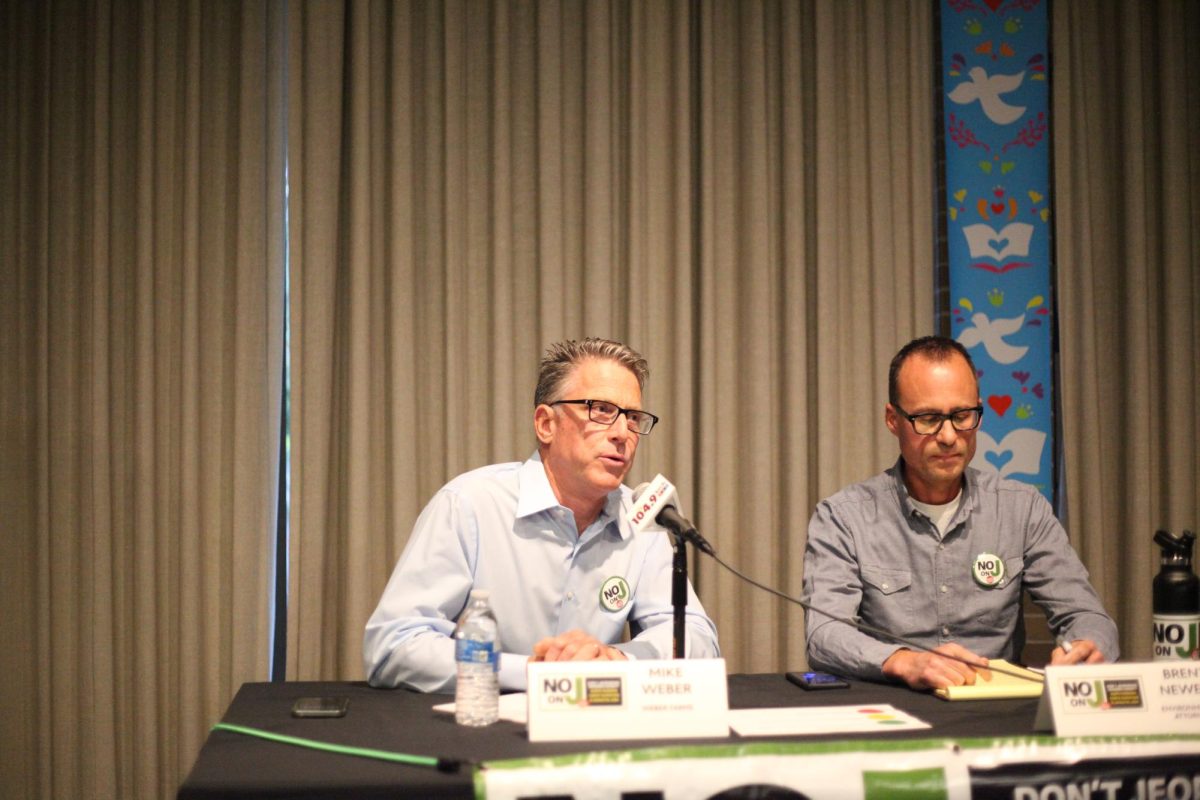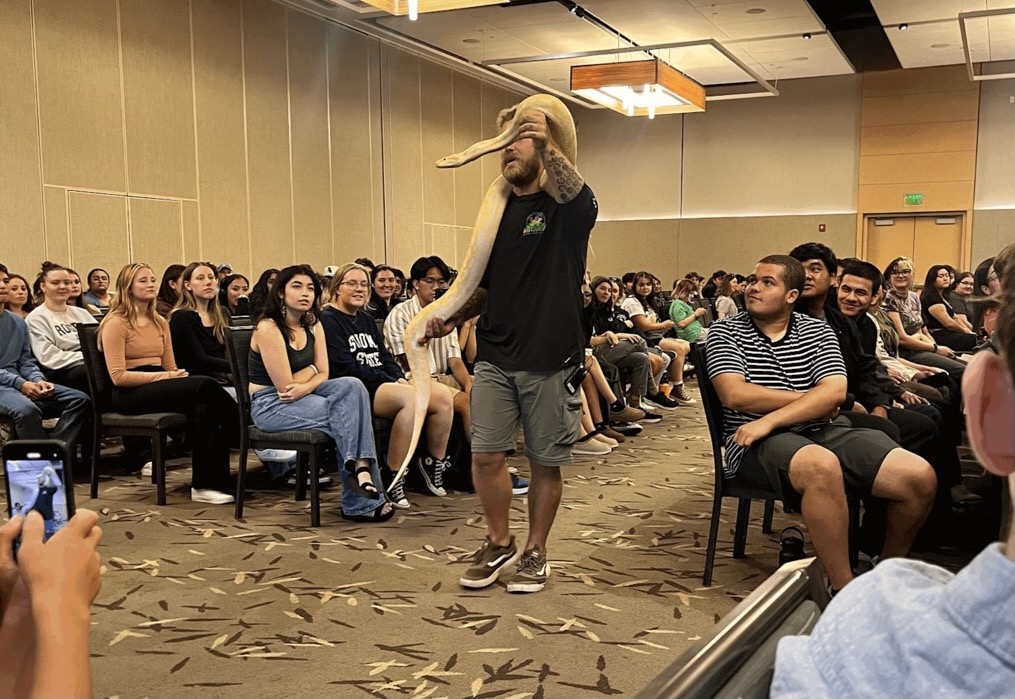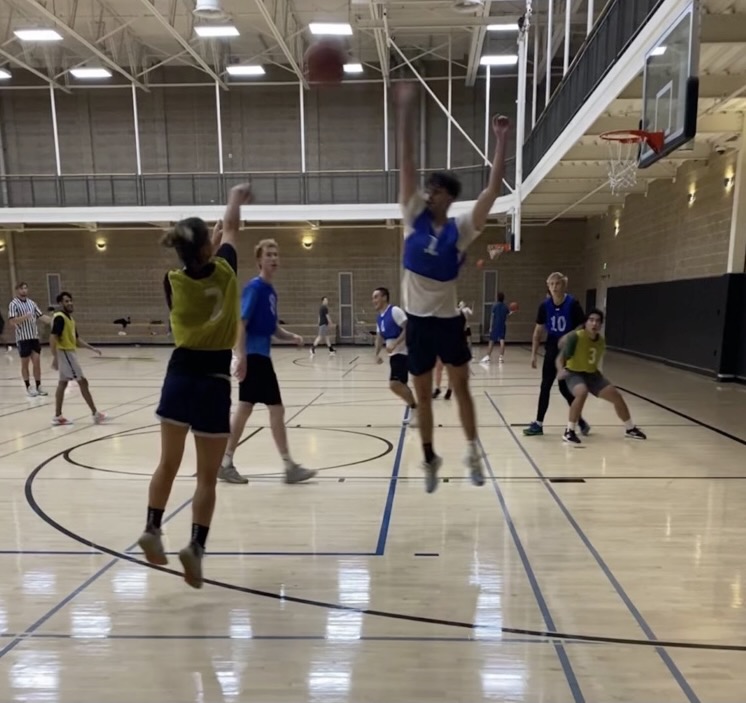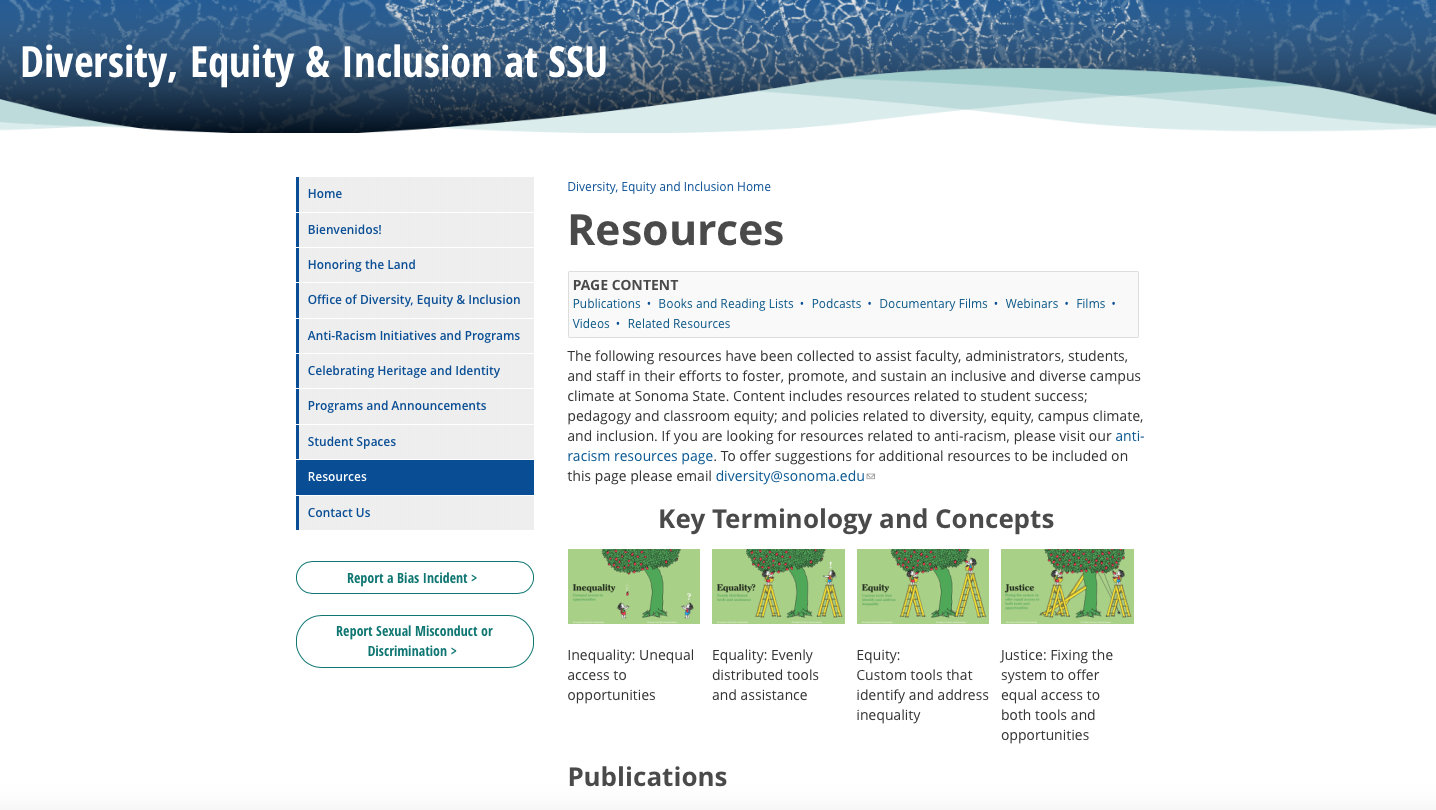Amidst the current demand for social justice, schools across the country have been taking steps to provide resources that promote diversity and inclusion.
Many universities that did not have diversity resources previously available, are now stepping up after the country-wide Black Lives Matter (BLM) protests that took place over the past few months. The demand from students for more involvement has been a wake-up call for many schools, though some have been providing insight and resources for years.
Sonoma State University is one of the many schools to join the movement, and is hoping to inform the students on anti-racism resources. Sonoma State has added a new tab to their diversity website, which lists online resources involving anti-racism.
While it is admirable that campuses have been making an effort to help further students’ education on diversity and anti-racism, some do not think the minimal effort is enough.
“Although the resources are helpful, they lack intersectionality. It seems like it was created because of the Black Lives Matter movement, rather than created to educate people and help connect students to anti-racism resources on campus,” said third-year student Zero Carey.
Since the recent rise in the BLM protests, many institutions and establishments have been scrutinized for claiming allyship at minimal effort to avoid backlash. The SSU’s anti-racism resource webpage is brief and it seems–to many students and professors–that there was not much effort put into the web page. These minimal efforts are performative, and seem to have only been made in fear of being considered in opposition to the BLM movement.
The webpage for anti-racism involves a wide range of historical documents that can be found online, but very few resources that are based at Sonoma State. Additionally, there is a brief overview of faculty associated with diversity, but the campus-based initiatives do not go much farther than that.
“It’s not very interactive or community based; there’s no direct ties to the faculty and resources we have on campus,” said Carey.
Other schools, such as UC Berkeley, have also joined in and are providing anti-racism resources to their students. Their website is clearly put together by a collaborative team, and it shares resources available on their own campus. For example, the Berkeley diversity website includes numerous anti-racism resources that have been written by faculty members themselves, as well as other articles that can be found in Berkeley’s archives.
Their website provides a vast amount of resources, many of them being more inclusive to a wider variety of groups. Intersectionality is considered by the creators, and there are more current resources available. SSU’s outdated list of historical articles pales in comparison to Berkeley’s interactive website that is abundant with newer, more relevant resources written by esteemed professors at their own University.
“The diversity team did a really thorough job of giving us every resource we could need,” says Kathryn McNeal, a student at Berkeley. “Our campus prioritizes a great sense of community, and our anti-racism resources really reflect that. They provide a lot of information that comes directly from our school and helps us learn about how to become more involved, right on campus.”
It can be difficult to create a sense of campus community within anti-racism initiatives, due to the current COVID-19 guidelines. However, some have suggested that students may feel like the school is making a more genuine effort if more relatable and local Seawolf community resources and initiatives were available and widely advertised.
Unfortunately, a lack of publicity about diversity resources can often leave students unaware of available information. Students can change this cycle by demanding more action from their schools and by asking them to make more of an effort in creating or providing relatable, current, and local resources related to diversity. By asking for these institutions to make more of an effort, a big impact for those that are marginalized can be made within the anti-racism movement.



































